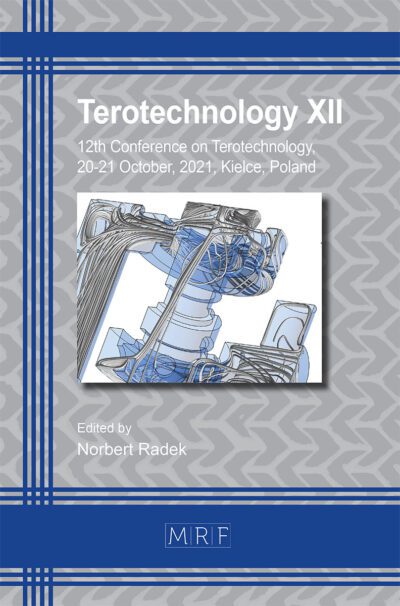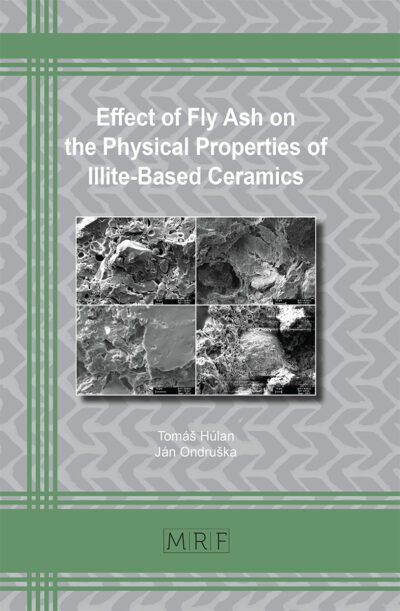Influence of remelting lasing strategies on the fracture toughness of Hastelloy X manufactured by laser powder bed fusion
KELLER Clément, VIEILLE Benoit, DUCHAUSSOY Amandine
download PDFAbstract. Additive manufacturing and, in particular, Laser Powder Bed Fusion Processes (LPBF), are known to generate non-equilibrium microstructures having a strong impact on the mechanical properties such as tensile of fatigue ones. To better control this impact, optimized lasing strategies can be employed. Among them, relasing or remelting ones have been proved to reduce the porosity and the surface roughness as well as to increase the ductility [1,2]. This particular manufacturing strategy seems, hence, to be a promising tool to modify the microstructure and mechanical properties of LPBF alloys and to optimize the mechanical properties. The objective of this study is to assess the influence of such relasing and its characteristics on the fracture toughness of Hastelloy X superalloys.
Keywords
Remelting, Fracture Toughness, Microstructure, Laser Powder Bed Fusion, Hastelloy X
Published online 4/24/2024, 7 pages
Copyright © 2024 by the author(s)
Published under license by Materials Research Forum LLC., Millersville PA, USA
Citation: KELLER Clément, VIEILLE Benoit, DUCHAUSSOY Amandine, Influence of remelting lasing strategies on the fracture toughness of Hastelloy X manufactured by laser powder bed fusion, Materials Research Proceedings, Vol. 41, pp 120-126, 2024
DOI: https://doi.org/10.21741/9781644903131-13
The article was published as article 13 of the book Material Forming
![]() Content from this work may be used under the terms of the Creative Commons Attribution 3.0 license. Any further distribution of this work must maintain attribution to the author(s) and the title of the work, journal citation and DOI.
Content from this work may be used under the terms of the Creative Commons Attribution 3.0 license. Any further distribution of this work must maintain attribution to the author(s) and the title of the work, journal citation and DOI.
References
[1] M.V. Pantawane, Y-H. Ho, S. S. Joshi, N. B. Dahotre, Computational Assessment of Thermokinetics and Associated Microstructural Evolution in Laser Powder Bed Fusion Manufacturing of Ti6Al4V Alloy, Scientific reports, 10 (2020) 7579. https://doi.org/10.1038/s41598-020-63281-4
[2] Y.M. Wang, T. Voisin, J.T. McKeown, J. Ye, N. P. Calta, Z. Li, Z. Zeng, Y. Zhang, W. Chen, T.T. Roehling, R.T. Ott, M.K. Santala, P.J. Depond, M.J. Matthews, A.V. Hamza, T. Zhu, Additively manufactured hierarchical stainless steels with high strength and ductility. Nature Mater 17 (2018) 63–71. https://doi.org/10.1038/nmat5021
[3] T. DebRoy, H.L. Wei, J.S. Zuback, T. Mukherjee, J. W. Elmer, J. O. Milewski, A. M. Beese, A. Wilson-Heid, A. De, W. Zhang, Additive manufacturing of metallic components – Process, structure and properties. Progress in Materials Science 92 (2018) 112–224. https://doi.org/10.1016/j.pmatsci.2017.10.001
[4] S. Gorsse, C. Hutchinson, M. Gouné, R. Banerjee, Additive manufacturing of metals: a brief review of the characteristic microstructures and properties of steels, Ti-6Al-4V and high-entropy alloys. Science and Technology of Advanced Materials 18 (2017) 584–610. https://doi.org/10.1080/14686996.2017.1361305
[5] O. Karaka, F. B. Kardes, P. Fito, F. Berto, An overview of factors affecting high cycle fatigue of additive manufacturing metals, FFEMS 46 (2023) 1649-1668. https://doi.org/10.1111/ffe.13967
[6] S. Griffiths, M. Rossell, J. Croteau, N. Vo, D. C. Dunand, C. Leinenbach, Effect of laser rescanning on the grain microstructure of a selective laser melted al-mg-zr alloy, Materials Characterization 143 (2018) 34–42. https://doi.org/10.1016/j.matchar.2018.03.033
[7] E. Yasa, J. Deckers, J.-P. Kruth, The investigation of the influence of laser re-melting on density, surface quality and microstructure of selective laser melting parts, Rapid Prototyping Journal 17 (5) (2011) 312–327. https://doi.org/10.1108/13552541111156450
[8] C. Keller, M. Mokhtari, B. Vieille, H. Briatta, P. Bernard, Influence of a rescanning strategy with different laser powers on the microstructure and mechanical properties of Hastelloy X elaborated by powder bed fusion, Mat. Sci. Eng. A803 (2021) 1404754. https://doi.org/10.1016/j.msea.2020.140474
[9] Z. Xiao, C. Chen, Z. Hu, H. Zhu, X. Zeng, Effect of rescanning cycles on the characteristics of selective laser melting of ti6al4v, Optics Laser Technology 122 (2020) 105890. https://doi.org/10.1016/j.optlastec.2019.105890
[10] B. Vieille, A. Duchaussoy, S. Benmabrouk, R. Henry, C. Keller, Fracture behavior of Hastelloy X elaborated by laser powder bed fusion: Influence of microstructure and building direction, Journal of Alloys and Compounds 918 (2022) 165570. https://doi.org/10.1016/j.jallcom.2022.165570
[11] ASTM E1820-01, Standard Test Method for Measurement of Fracture Toughness, ASTM International, West Conshohocken, PA, 2001.
[12] ASTM E1290-90. Standard test method for crack-tip opening displacement (CTOD) fracture toughness measurement. American Society for Testing and Materials; 1998
[13] K. Krompholz, E.D. Grosser, K. Ewert. Determination of J-integral R-curves for Hastelloyx X and Inconel 617 up to 1223K using the potential drop technique. Materialwissenschaft Und Werkstofftechnik (1982), 13, pp. 236-244. https://doi.org/10.1002/mawe.19820130704
[14] B. Vieille, C. Keller, M. Mokhtari, H. Briatta, T. Breteau, J. Nguejio, F. Barbe, M. Ben Azzouna, E. Baustert, Investigations on the fracture behavior of Inconel 718 superalloys obtained from cast and additive manufacturing processes, Mat. Sci. Eng, A790 (2020) 139666. https://doi.org/10.1016/j.msea.2020.139666
[15] E. De Sonis, S. Depinoy, P-F. Giroux, H. Maskrot, P. Wident, O. Hercher, F. Villaret, A-F. Gourgues-Lorezon, Microstructure – Toughness relationships in 316L stainless steel produced by laser powder bed fusion, Mat. Sci. Eng, A877 (2023) 145179. https://doi.org/10.1016/j.msea.2023.145179














